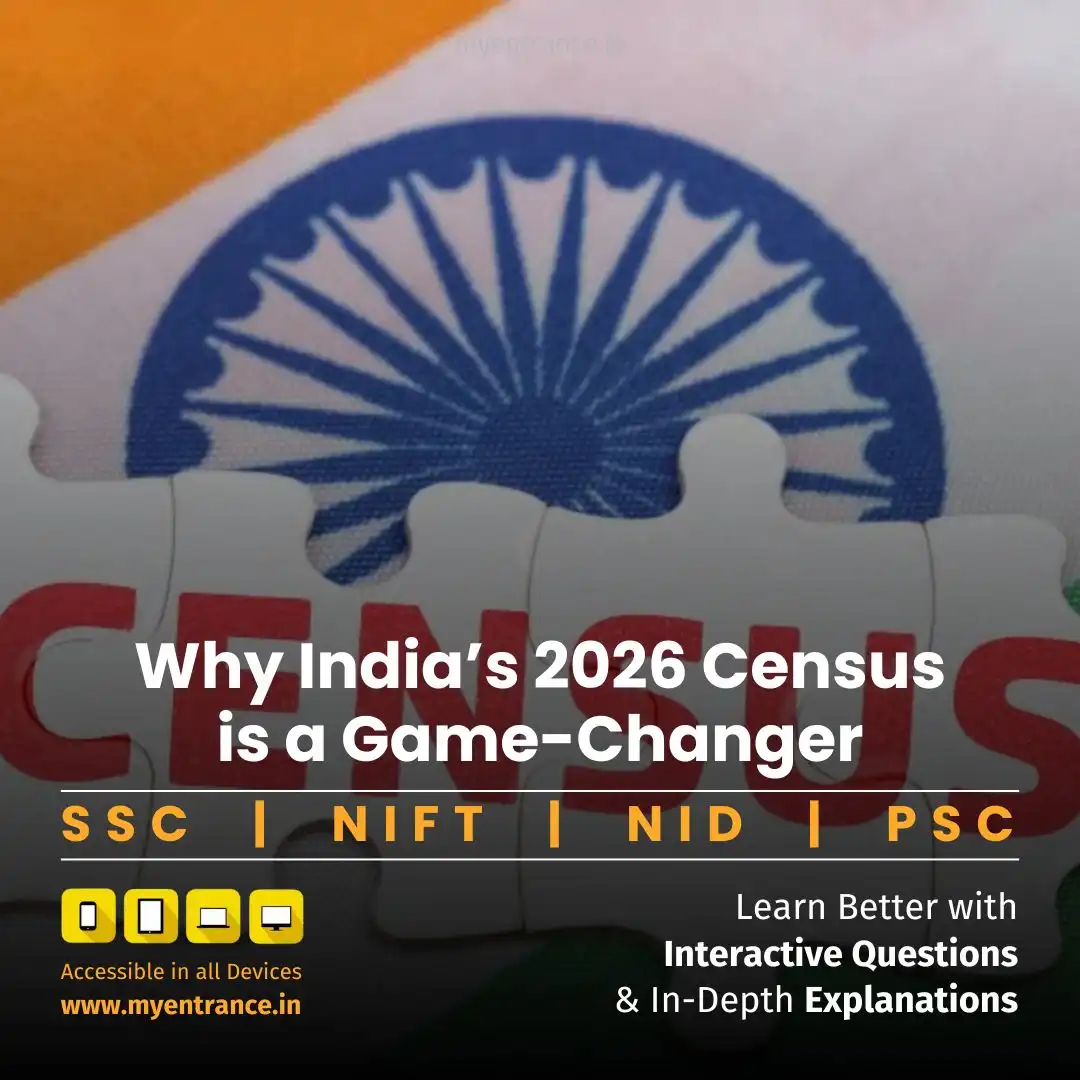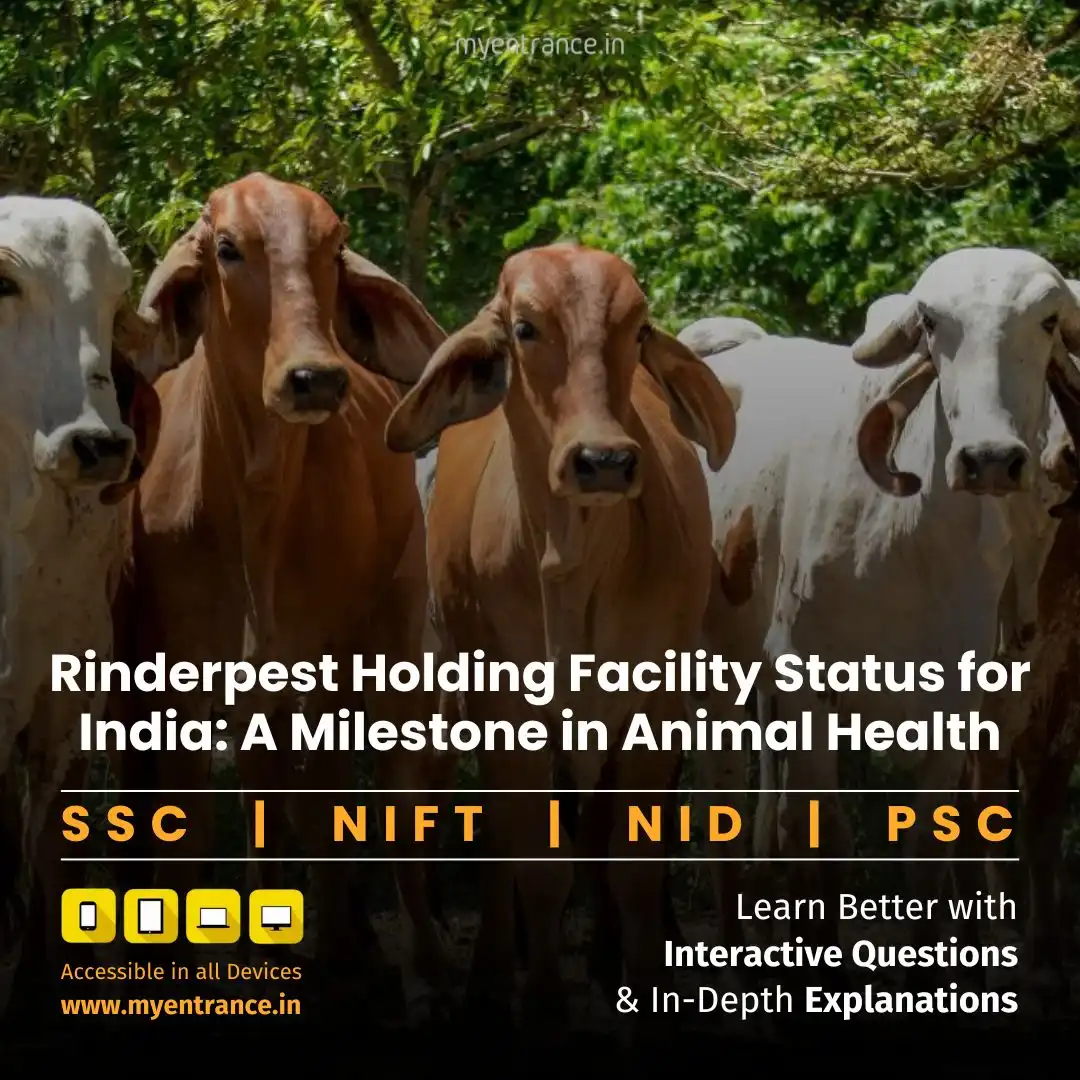Select Language
Why India’s 2026 Census is a Game-Changer: Caste Count, Frozen Seats & Policy Shifts: Sample Q&A
The 2026 Census is set to redefine India’s socio-political landscape by breaking the 95-year caste data hiatus and ending the Lok Sabha seat freeze. This historic exercise will reshape reservation policies, federal representation, and UPSC-relevant governance debates for decades to come.
Why the 2026 Census is Historic
India’s first census since 2011 – delayed by COVID – will launch in 2026 with two transformative features:
Nationwide Caste Enumeration (last done in 1931)
End of the 50-year Lok Sabha seat freeze (84th Amendment, 2002)
This dual shift will reshape social justice policies and political power equations, aligning with UPSC’s focus on “population issues” and “government interventions”.
Key Constitutional & Political Implications
✅ Delimitation Earthquake
The 84th Amendment’s freeze on state-wise Lok Sabha seats expires post-2026 Census.
Southern states fear reduced representation: Tamil Nadu (37 seats) and Kerala (20) may lose seats to high-growth northern states like UP (80) and Bihar (40).
Risk: Widening the North-South development gap in political influence.
✅ Caste Census Revolution
Beyond SC/ST: First official count of OBCs and “upper” castes since colonial era.
Policy Impact: Evidence-based reservation policies, welfare scheme targeting (e.g., OBC sub-categorization).
Controversy: Potential caste identity polarization vs. social justice precision.
Critical Timeline
June 2026: Official Census notification
Oct 2026: Data collection in hilly areas (J&K, Uttarakhand)
March 2027: Reference date for all-India population count
2029-30: Delimitation Commission likely formed
Challenges Ahead
Data Integrity Risks: Political pressure to manipulate caste/demographic figures
Federal Tensions: Southern states oppose population-based seat allocation
Policy Disruptions: Caste data could challenge existing reservation ceilings
Sample Q&A
Q: Which amendment froze Lok Sabha seat allocation till 2026?
A: 84th Constitutional Amendment (2002), based on 1971 Census data.
Q: How might delimitation affect Kerala’s Lok Sabha representation?
A: Southern states with lower fertility rates may lose seats to northern states.
Q: What distinguishes SECC 2011 from the traditional Census?
A: SECC collected caste/BPL data for welfare schemes; Census covers demographic, economic metrics.
Q: Why was 1931 significant for caste data?
A: Last nationwide caste enumeration before 2026.
Q: Which regions have October 2026 as Census reference date?
A: Hilly/snow-bound areas: Ladakh, J&K, Himachal Pradesh, Uttarakhand.
Most Predicted Questions
Comprehensive study materials, Expert-guided tips & tricks, Mock tests and instant results.
Start your SSC, NIFT, NID, FDDI, PSC journey today with MyEntrance, your ultimate online coaching platform.







